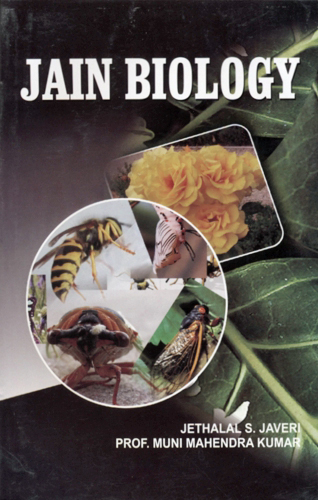Life cannot exist without a source of energy. Without energy plants could not grow and man could not work. Plants use the energy of sun to make foods and man uses the energy in foods to perform his various activities.
All living organisms require a constant supply of energy for their day-to-day activities; to make good the wear and tear of tissues and also to add to the protoplasm, the material necessary for growth. A constant supply of energy is needed in much the same way a steam engine must have a continuous supply of steam. If steam was not available, the engine would not operate.
This energy is obtained from food which includes proteins, carbohydrates, fats, vitamins, water and various inorganic salts. These are referred to as nutrients. Water and mineral salts are inorganic compounds and the rest are organic.
Nutrition involves mainly four steps:
- Ingestion or intake of food,
- Digestion or conversion to a simpler form,
- Assimilation or extraction of energy from the food, and
- Egestion or excretion of waste matter.
Different organisms have different modes of nourishment:
(a) Holophytic nutrition - found in plants having chlorophyll.
In this process the organic material is synthesized out of Inorganic raw substances like C02 and water in the presence of sunlight and chlorophyll. This type of nutrition is also seen to some extent in lower animals, like Eugena.
(b) Holosoic nutrition - takes place in animals in which complex organic food is ingested and sent to digestive system for digestion.
(c) Saprosoic nutrition - is one in which the organisms depend upon decaying organic substances which are usually absorbed through their body surface.
(d) Saprophytic nutrition - occurs in lower plants without chlorophyll e.g. yeast, bacteria, mucor etc. They absorb the decaying organic food material from their sorroundings.
(e) Parasitic nutrition - in which the organisms (either plants or animals) depend upon the prepared food of other organisms (called hosts) for their nourishment (e.g. tapeworm in animals and cuscuta in plants are parasites.)
In hydra (a fresh water multi cellular polyp), digestion occurs within a gastro-vascular cavity—coelenteron. Digestion is both extracellular and intracellular.
In humans, digestion occurs in the mouth, stomach and small intestine where a variety of digestive juices containing enzymes act on the nutrients.
In birds, special organs called the crop and the gizzard are involved in digestion.
In ruminants (cow, sheep), the stomach is four chambered viz., rumen, reticulum, psalterium, and abomasum.
 Jethalal S. Zaveri
Jethalal S. Zaveri
 Prof. Muni Mahendra Kumar
Prof. Muni Mahendra Kumar

